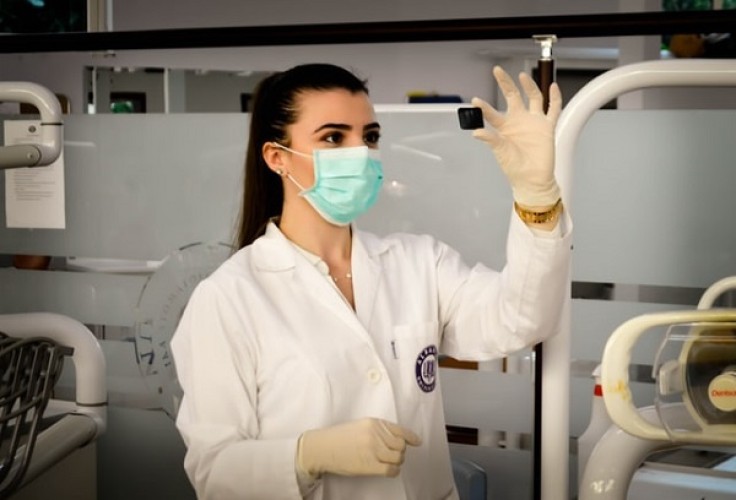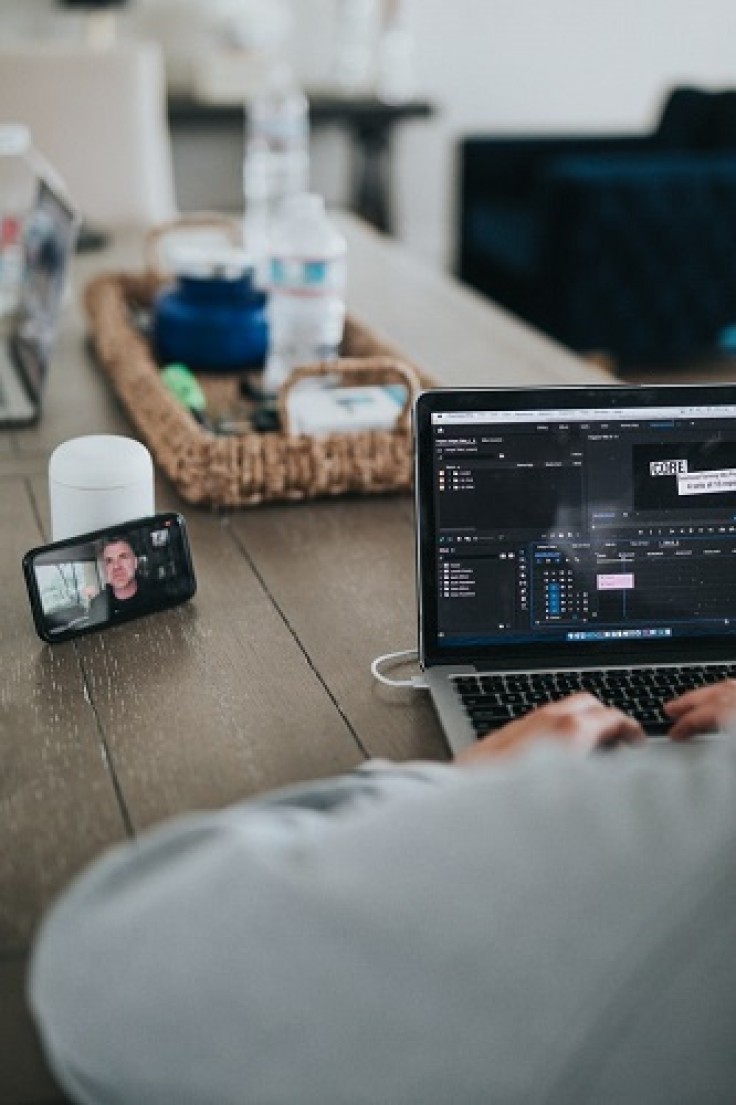Modern technology has caused a lot of changes in our lifestyle and how we do things. We can talk to our loved ones from the other side of the globe with the use of the internet. Shopping has been made easy with just a click on your phone.
Working from home is made possible by connecting to the internet. Homeschooling is also done via virtual teaching. Even health care services are being offered with the use of technology.
Now that there is COVID-19, people have been in self-isolation for at least a month already. Going out of the house is not suggested as it might help spread the virus more, and this includes going to health care centers.
However, what would you do if you need to have your health or your family's health checked by a professional? Maybe you could try to use telehealth.

What is Telehealth?
According to the World Health Organization (WHO), telehealth is delivering health care outside traditional health care facilities using telecommunications and virtual technology.
How Can It Help?
Telehealth can be used to connect with patients for diagnosis, care, and referral of patients. Sometimes, this is also used in delivering training via telehealth schemes.
What are the Pros of Telehealth?
Like most other services, there are upsides and downsides to telehealth. Here are some upsides for you to note.
Medical Checkups Amid Pandemic
Doctors and patients can talk via video call and discuss health conditions and treatments, especially now that COVID-19 is widespread.

Easily accessible
Due to the coronavirus pandemic, families have been forced to do self-isolation in their own homes, but telehealth makes healthcare to be easily accessible because people do not have to leave their houses to get diagnosed.
No Need to Visit Health Centers
COVID-19 high-risk people such as the elderly, the young ones, and those that are ill are better to be staying at home. They can use telehealth instead of seeking advice from doctors and be monitored in their own homes.
What are the Cons of Telehealth?
There are downsides to telehealth as well, and you need to be aware of it.
Need to have gadget and high-speed internet for communication
People have to have a gadget and high-speed internet to be able to communicate well with their doctor. Problems will arise if there is a lag in internet speed.

Could Not Check Patient Personally
Doctors need to see patients personally to be able to observe them and make a sound judgment on their condition. The skin, eyes, lips, and body could signify a certain disease if they are not the normal tone. Patients will need to inform their physicians if they notice any signs and symptoms that are not present when they were well.
Could Not Do Procedures
While conversing and being diagnosed remotely by your physician is an advantage of telehealth, one disadvantage is being unable to do procedures that the professionals are doing inpatient or even outpatient.

Telehealth could be useful during times like this, especially when traveling to and going inside a hospital could put a person at more risk of getting ill. However, for a worst-case scenario, patients that need physical interaction with doctors should still proceed with the traditional way of doing things. Bear in mind that you should always weigh the pros and cons and choose the one that would be best for you and your family's health and well being.